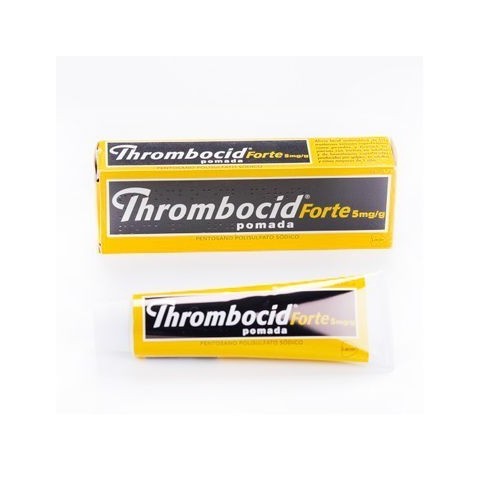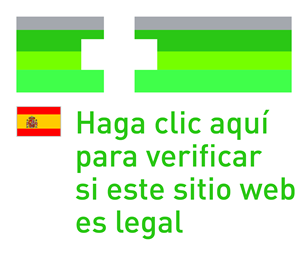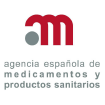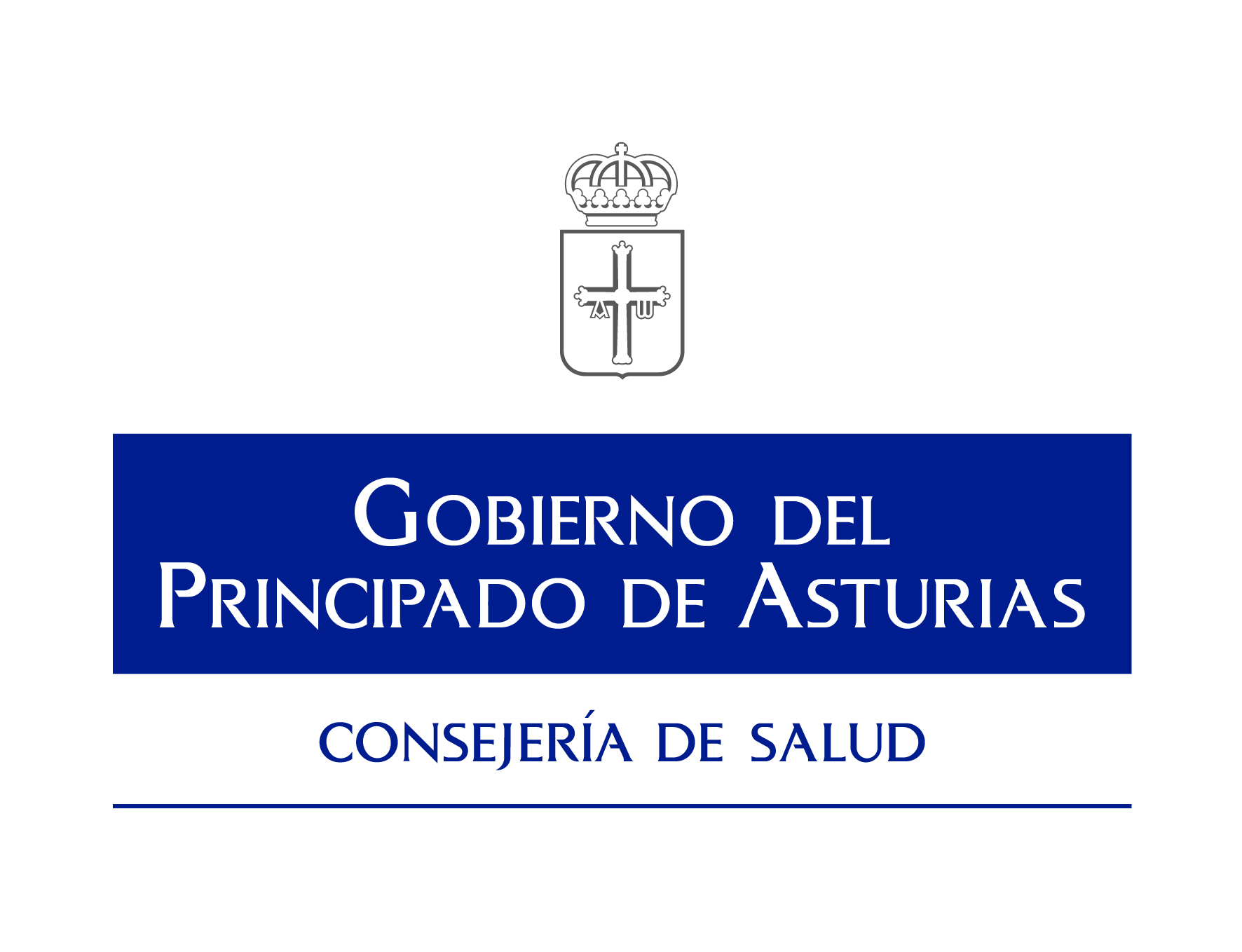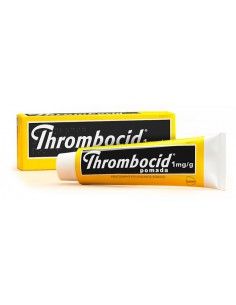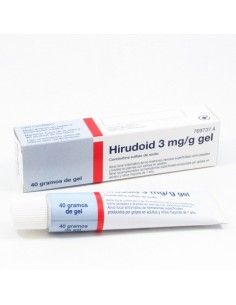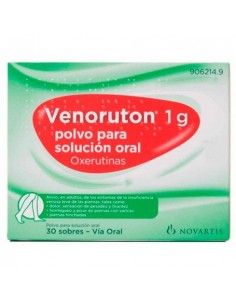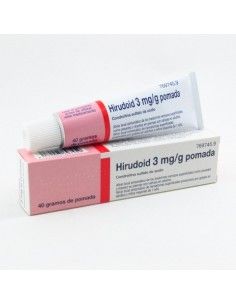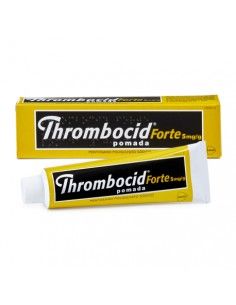Action and mechanism
Sodium pentosan polysulfate is a low molecular weight semi-synthetic heparinoid of plant origin. It is precisely its low molecular weight that facilitates its absorption through the skin.
By cutaneous route it presents thrombolytic activity, preventing the formation of thrombi and favoring the regression of those of small size already formed. At the same time, it improves blood flow, especially in the capillaries. Likewise, also by cutaneous route, it shows an anti-chemotic activity in models of hematomas and experimental ecchymosis, by causing an increase in the rate of disappearance and reabsorption of the same.
It presents, as other heparinoids, an anticoagulant activity (much weaker than that of heparin), of interest from the clinical point of view in preparations for systemic administration, but without special relevance by percutaneous route.
Indications
-[VARICOSE]: Local symptomatic relief of superficial venous disorders such as heaviness and tightness in legs with varicose veins.
-[HEMATOMA]: Local symptomatic relief of superficial bruising from shock.
Posology
Topical:
- Adults and children > 1 year: 3-4 applications/day for 5-6 days generally. If symptoms persist or irritation or worsening occurs, the clinical situation of the patient should be assessed.
- Children < 1 year: no safety and efficacy studies have been performed, its use is not recommended.
Guidelines for proper administration
Wash your hands before and after application.
Apply a thin layer of ointment to the affected area and spread with a gentle massage.
Normally no bandage is needed, but it can be covered with a gauze or compress if necessary.
Never apply to mucous membranes, ulcers and open or infected wounds.
Do not use for a long time or on very large areas of skin.
Contraindications
- Hypersensitivity to pentosanopolysulphuric acid or any other component of the ointment
- [HEMORRAGY] and/or [COAGULATION ALTERATIONS].
Precautions
- [THROMBOEMBOLISM]. Apply the product gently and without massaging.
Warnings about excipients:
- Because it contains butyl hydroxyanisole as an excipient, it may cause local skin reactions, such as contact dermatitis, or irritation of the eyes or mucous membranes.
Warnings on excipients:
- Containing keto-stearyl alcohol may cause local skin reactions, such as contact dermatitis.
Warnings on excipients:
- Containing ethyl para-hydroxybenzoate may cause allergic reactions (possibly delayed).
Warnings on excipients:
- This medicine contains propylene glycol, which may cause skin irritation.
Warnings about excipients:
- Because it contains propyl para-hydroxybenzoate it may cause (possibly delayed) allergic reactions.
Warnings on excipients:
- Because it contains sorbic acid, this medicine may cause contact dermatitis and other local skin reactions.
Warnings on excipients:
- Containing polyoxyethylene castor oil may cause allergic skin reactions.
Patient advice
- If symptoms persist for more than 5 days or if irritation or worsening occurs, consult your doctor or pharmacist.
Special warnings
- Never apply to mucous membranes, ulcers and open or infected wounds. Avoid contact with the eyes.
- Do not use for long periods of time or on large areas of skin.
- If symptoms persist for more than 5 days or if irritation or worsening occurs, evaluate the clinical situation of the patient.
Pregnancy
FDA Category C. It is believed that this drug does not cross the placenta. However, there are no adequate and well-controlled studies, so the use of this drug is only accepted in the absence of safer therapeutic alternatives.
Breastfeeding
It is not known if this medication is excreted in significant amounts in breast milk, and if this could affect the child. However, with the use of the topical form it is not likely that much of the drug will pass into the bloodstream. It is recommended that it not be used.
Children
In children < 1 year there are no studies on safety and efficacy, so its use is not recommended.
It is approved for use in children > 1 year of age.
Elderly
No specifically geriatric problems have been described in this age group.
Adverse reactions
Occasionally, skin reactions related to [HYPERSENSITIVE REACTIONS].
Overdose
In the case of accidental ingestion of the contents of the tube, it is recommended to drink a good quantity of water or other aqueous liquid and, if digestive disorders appear, to go to a hospital and apply symptomatic treatment.



